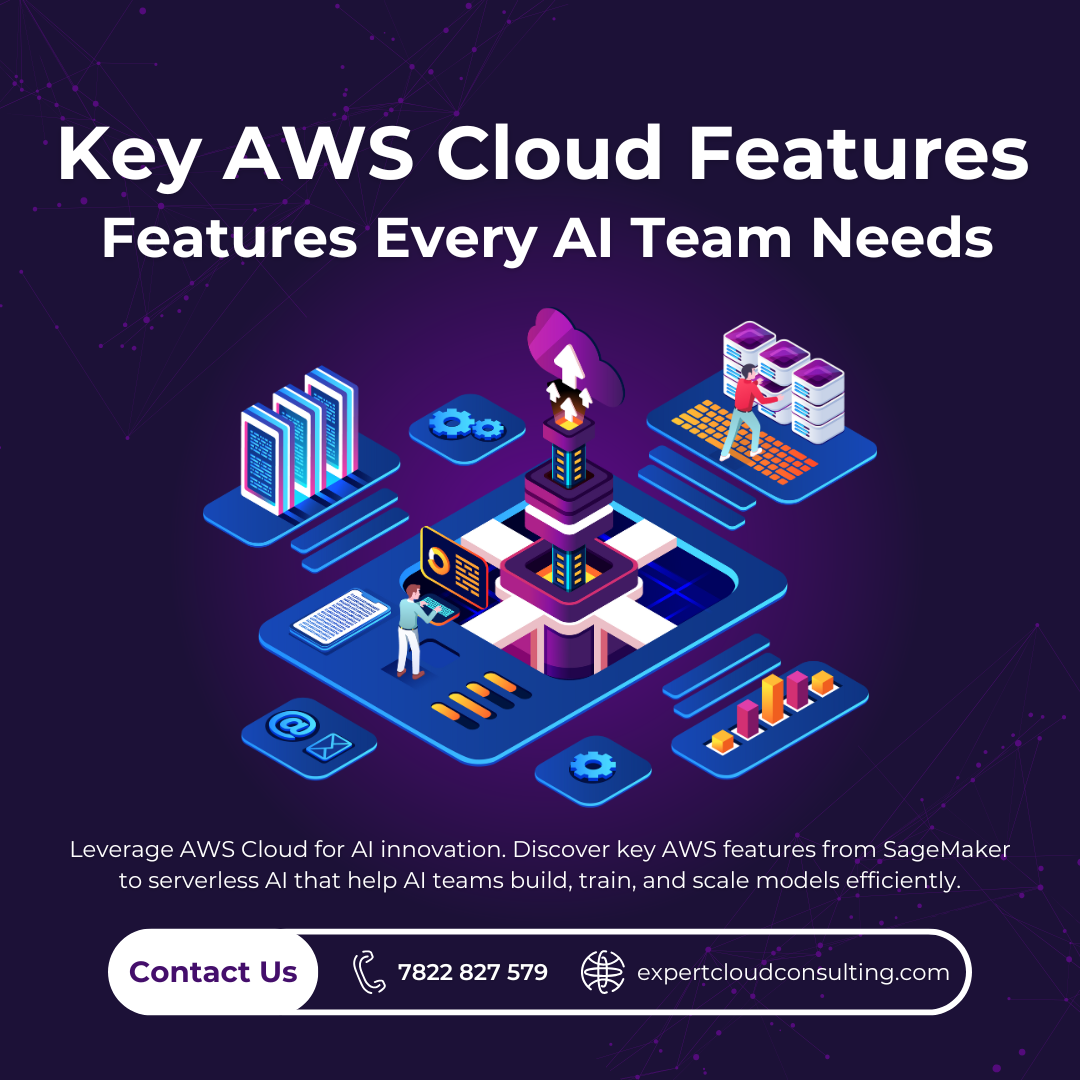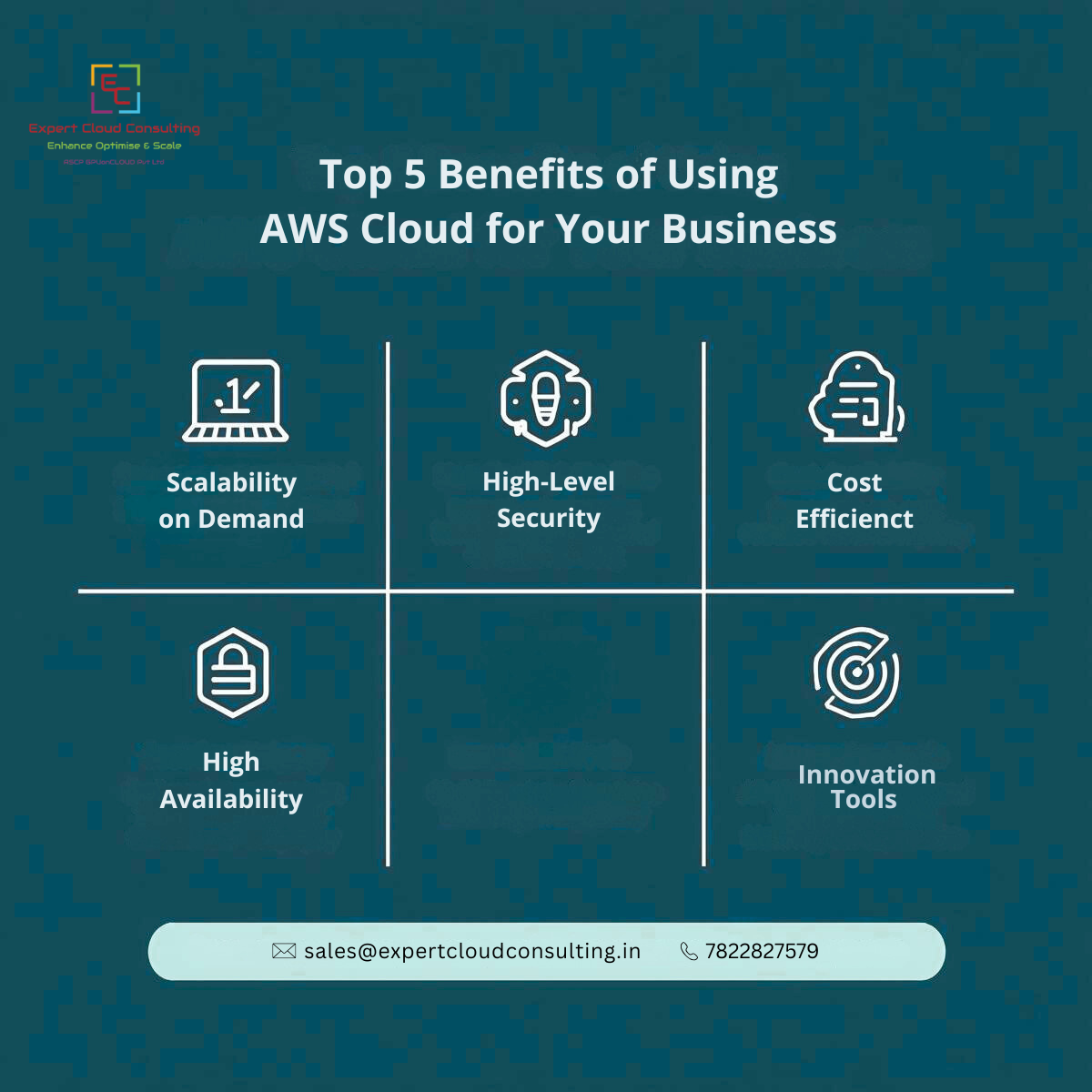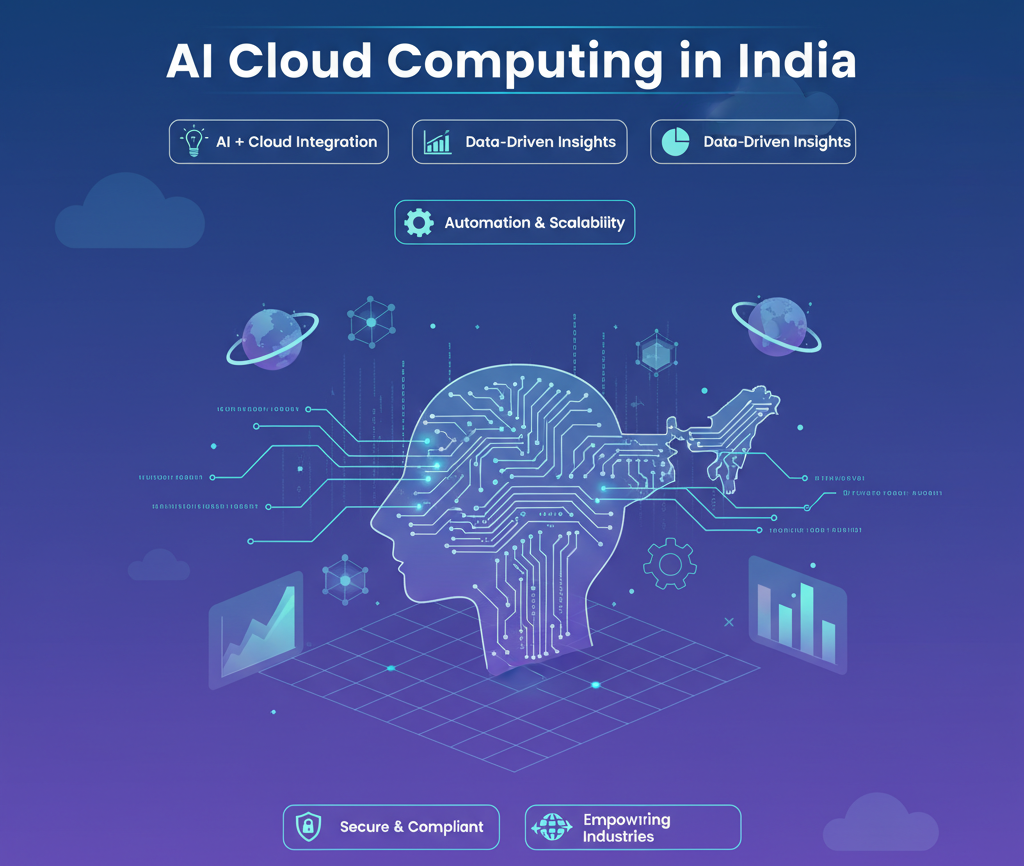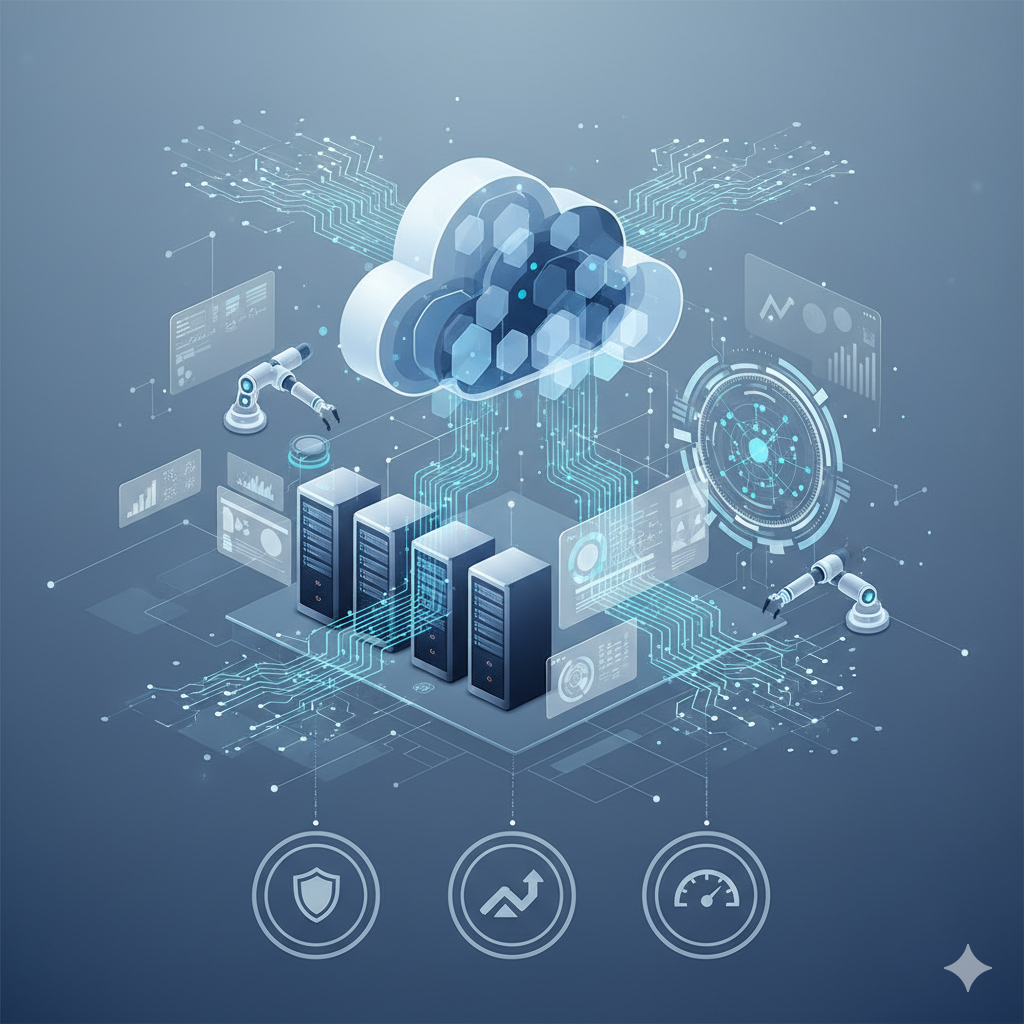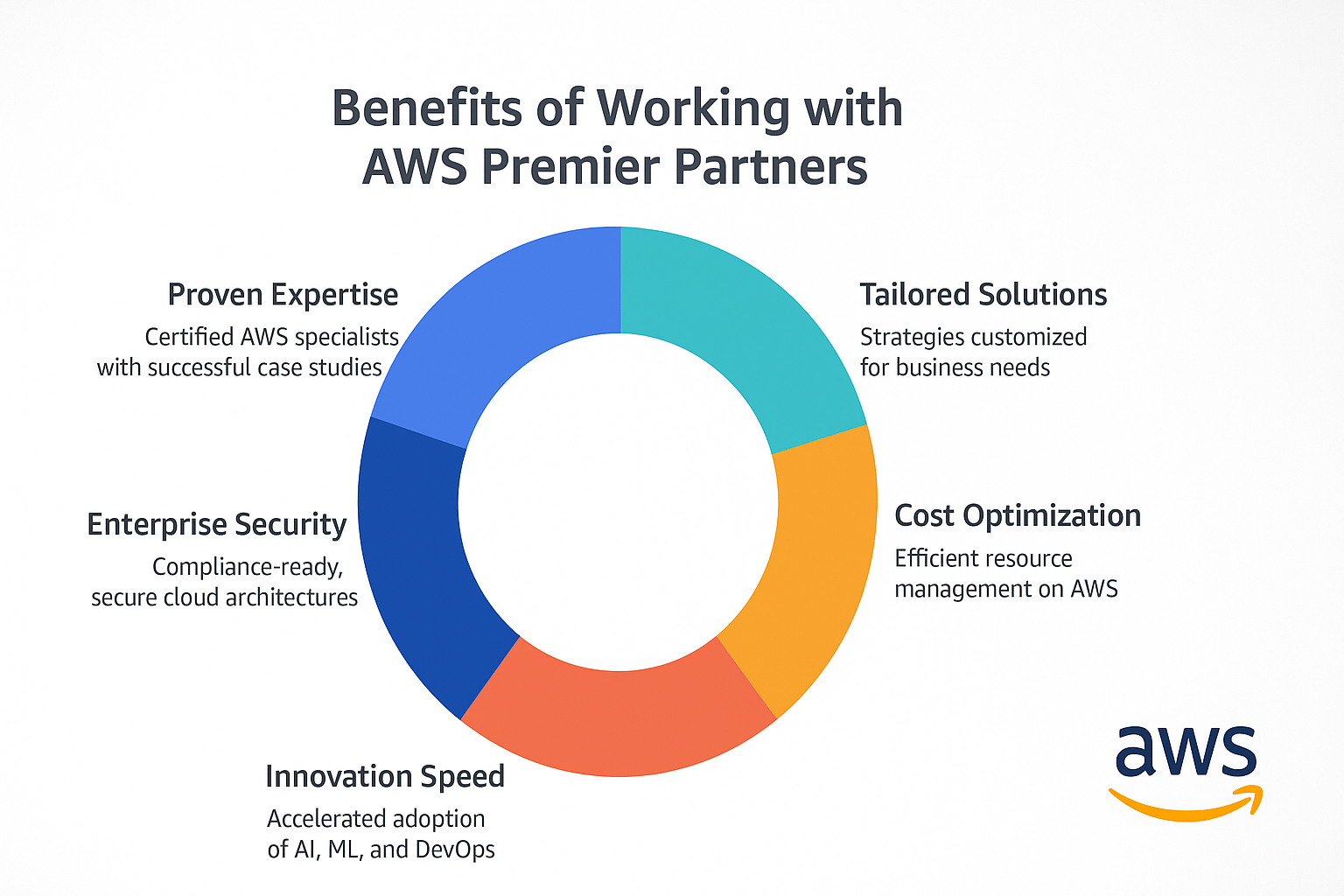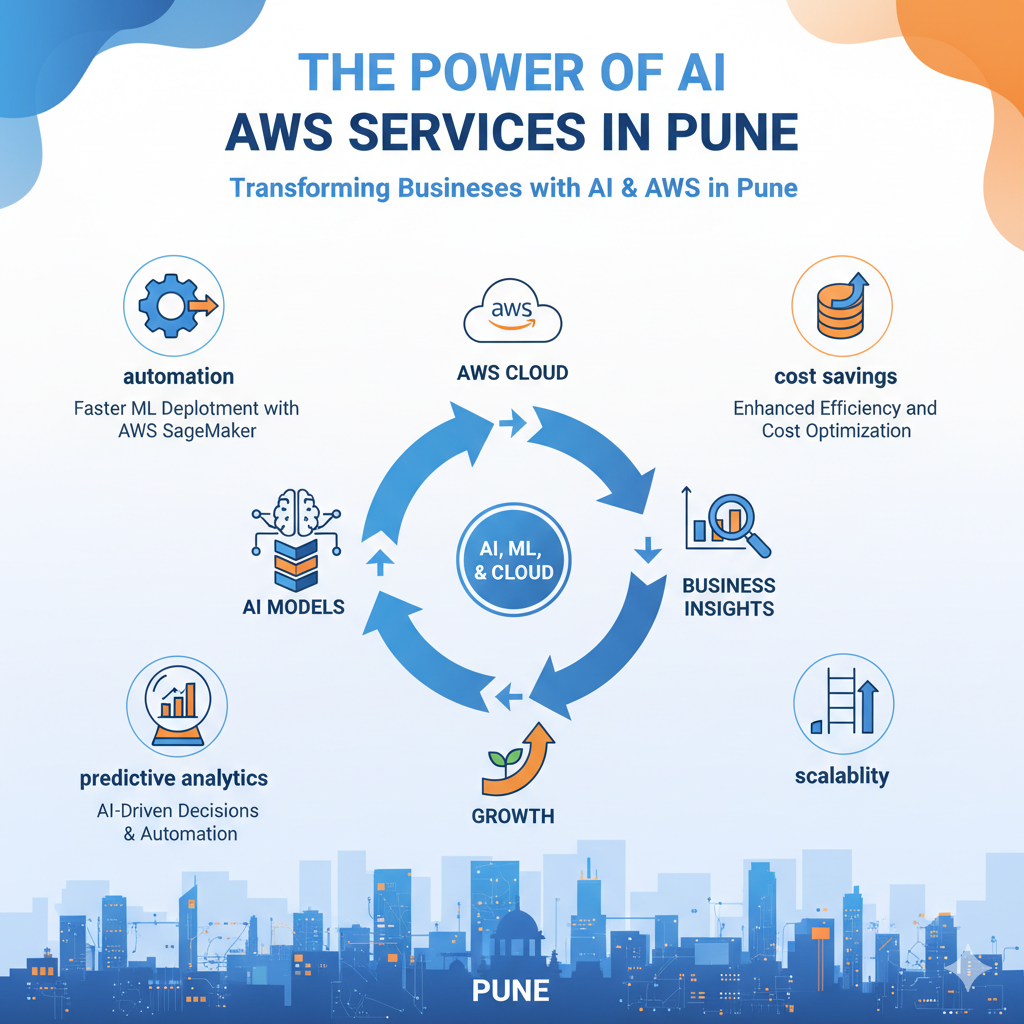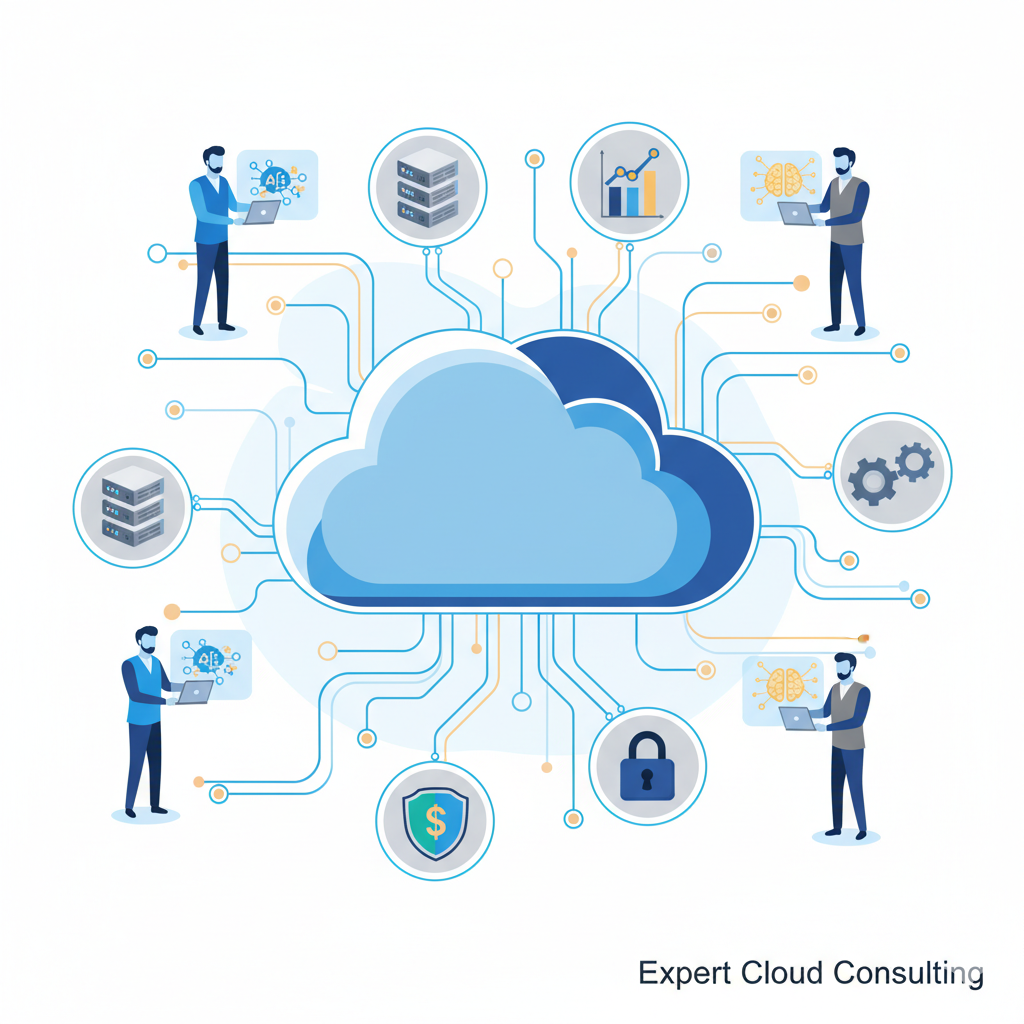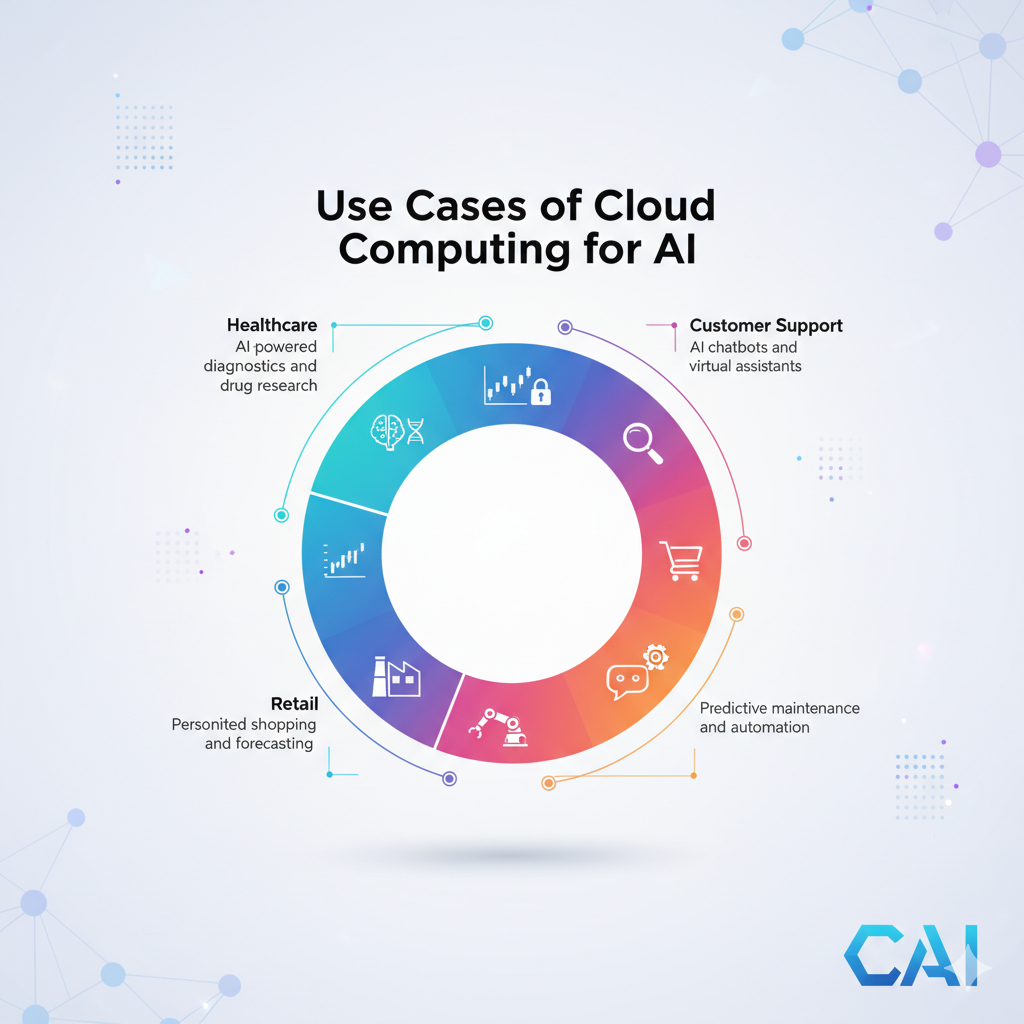Introduction
In the ever-evolving landscape of software development, Continuous Integration and Continuous Deployment (CI/CD) have emerged as indispensable practices, streamlining workflows and accelerating the delivery of high-quality software. As we look towards the future, the horizon for CI/CD is filled with exciting possibilities, fueled by technological advancements, changing paradigms, and a relentless pursuit of efficiency. This blog explores the anticipated innovations and trends that will shape the future of CI/CD beyond the year 2024.
Why CI/CD Matters? 🎵🚀
CI/CD has emerged as a beacon of consistency and speed, enabling DevOps teams to deliver code updates with unparalleled agility. By embracing continuous integration and continuous delivery principles, organizations transcend traditional development barriers. The heartbeat of CI/CD lies in its unwavering commitment to automation, fostering an environment where code releases are not just faster but also inherently robust, free from the shackles of bugs and security vulnerabilities.Given the growing demand, it is imperative to shed light on the forthcoming prospects of Continuous Integration/Continuous Deployment (CI/CD
Current Scenario⚙️🏛️
In the contemporary software development landscape, CI/CD stands as an indispensable pillar for teams across various industries, ranging from finance to healthcare and e-commerce. Recognizing the critical significance of automation, collaborative efforts, and swift delivery, organizations in sectors like finance, healthcare, and e-commerce are increasingly acknowledging the imperative role CI/CD plays in maintaining a competitive edge within the dynamic market. Industry-standard tools such as Jenkins, GitLab CI/CD, and GitHub Actions have seamlessly permeated mainstream adoption, orchestrating the streamlining of development workflows and cultivating a pervasive DevOps culture across diverse sectors.
Future Scope for CI/CD: Innovations and Beyond
AI-Driven Automation 🤖🚀
Anticipate the integration of artificial intelligence (AI) into CI/CD pipelines, allowing for more intelligent decision-making and automated optimization of development processes. AI algorithms could analyze historical data to predict potential issues, optimize build configurations, and enhance overall pipeline efficiency.
Extended Security Measures🔄🚀
With the ever-growing threat landscape, CI/CD pipelines will likely incorporate more advanced security measures. Expect the integration of machine learning algorithms for proactive threat detection, as well as advancements in secure coding practices to mitigate emerging risks effectively.
Serverless CI/CD🌐🚀
The rise of serverless architecture is likely to influence CI/CD pipelines, enabling more dynamic scaling and resource utilization. Serverless CI/CD could potentially reduce infrastructure costs, improve scalability, and streamline the deployment of microservices.
Blockchain Integration🌐🔗
As blockchain technology matures, it may find applications in enhancing the traceability and security of CI/CD pipelines. Blockchain could be leveraged for secure and transparent version control, ensuring the integrity of the entire software development lifecycle.
GitOps Adoption🔄💻
GitOps, a paradigm that leverages Git repositories as a single source of truth for infrastructure and application delivery, may gain widespread adoption. This approach promotes declarative configuration and version-controlled infrastructure, simplifying deployment and rollback processes.
Multi-Cloud Orchestration☁️🌐
With organizations increasingly adopting multi-cloud strategies, CI/CD pipelines may evolve to seamlessly orchestrate deployments across different cloud providers. This could involve the development of standardized interfaces and tools that facilitate interoperability between various cloud environments.
Enhanced Collaboration Tools👥🔧
Future CI/CD platforms may integrate more robust collaboration features, fostering enhanced communication and coordination among development, operations, and security teams. This could include real-time collaboration within CI/CD tools, facilitating quicker issue resolution and feature development.
Quantum Computing Integration🚀🔍
As quantum computing advances, CI/CD pipelines may explore the integration of quantum algorithms for tasks such as code optimization and complex simulations. Quantum computing could potentially revolutionize certain aspects of software development, leading to faster and more efficient CI/CD processes.
Closing Thoughts: Beyond 2024 and into a Limitless Future 🌐🚀
As we conclude this exploration into the future scope of CI/CD, it's clear that the journey is far from over. CI/CD is not just a set of tools and practices; it's a philosophy that propels us into an era where software development is agile, secure, and brimming with possibilities. The innovations on the horizon are the echoes of a continuous journey, a symphony that will continue to evolve, setting the stage for a software development landscape that knows no bounds. Strap in for the CI/CD odyssey—beyond 2024, the future is limitless, and the code continues to flow. 🚀🌐




